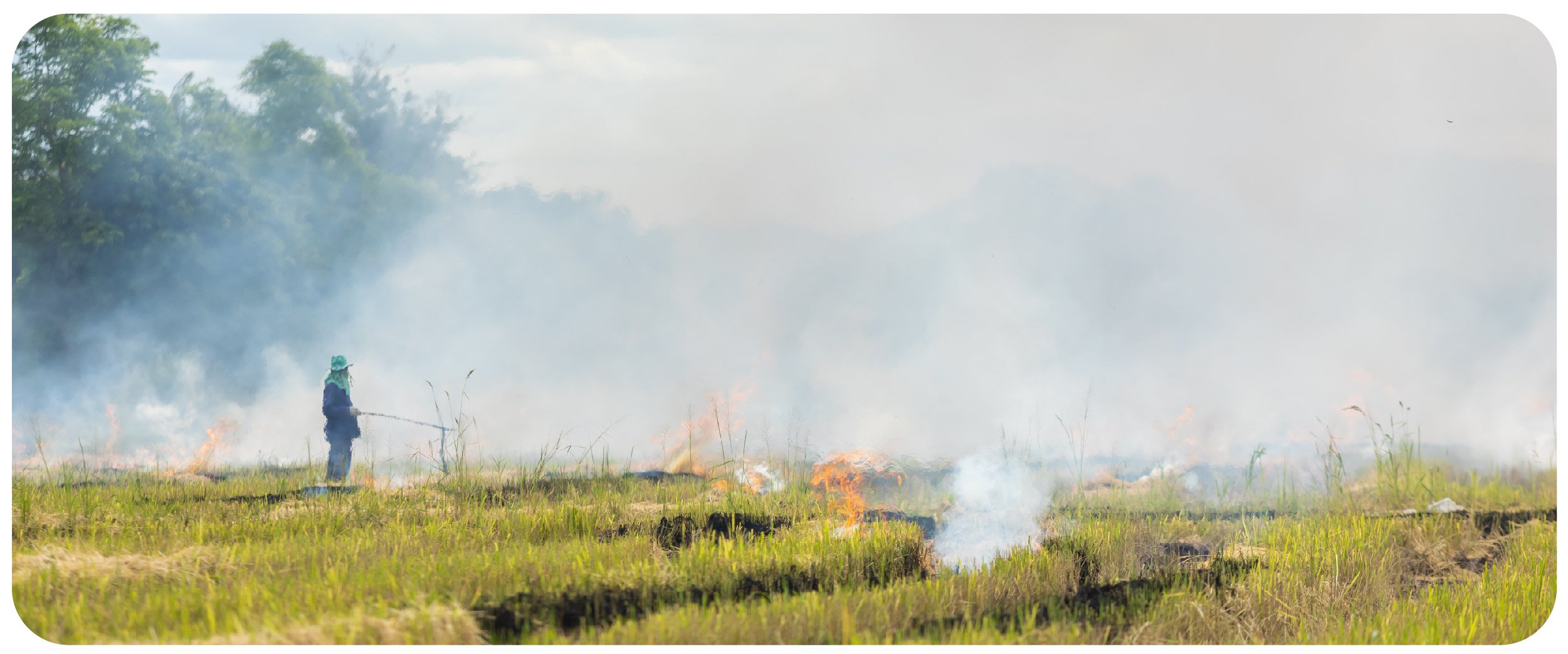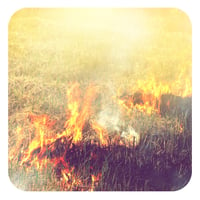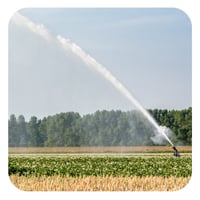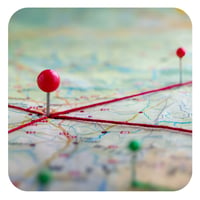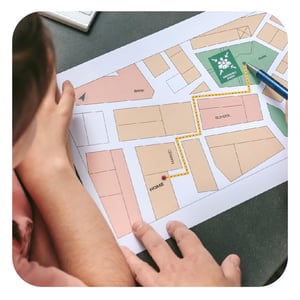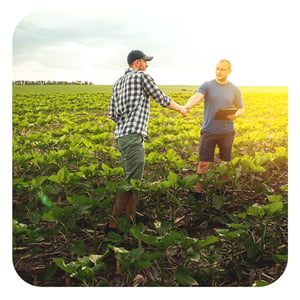National Preparedness Month is all about preparing for disasters or emergencies that can affect your home, business, and community. With our deep roots in the agricultural world, we’re invested in helping our team and customers stay safe against natural disasters. What you’ve built is worth protecting, which is why the USDA Forest Service has named this year’s theme A Lasting Legacy.
Here in New Mexico, wildfire is one of our area's most harmful natural disasters. By June of 2022, nearly 900,000 acres of our state have been affected by wildfire season. Property owners can take action to reduce the damage of wildfires by creating landscapes and following lawn care routines that deter the spread, but how prepared are you really?
Are you ready?
This September, we’re taking time to rethink our preparedness plans and review our strategies to prevent the harmful effects of disasters. We invite you and your loved ones to join us in planning ahead to make your plan of action for when natural disasters, severe weather and power outages, and evacuations take place.
Start by learning more about the types of disasters that affect your area, then make a communication plan, gather emergency supplies, and secure important documents or materials. Here are a few steps to help you get ready.
1. Do your research
You can’t prepare for what you don’t know about. Learn more about the threats and risks relevant to your area to start crafting your plan of action and purchasing supplies. The resources below will help you gain confidence as you prepare your home, family, and/or business for different disasters.
2. Make a family emergency communication plan
What if something happens when you aren’t with your family? What if you’re unable to reach them and find out if they’re safe? Creating an emergency communication plan for your family can ensure you are all on the same page if communication networks become unreliable.
3. Protect your assets
Ensure you have the right financial resources in place to repair, rebuild, and replace anything damaged by a disaster. Make sure all of your boxes are checked by documenting your property and belongings, understanding your insurance policy and coverage, and keeping policy information in a safe and easy-to-find place.
4. Get involved and spread the word
The next step, get involved in learning more about local ordinances in place for your area. If your home or property is located in a high-risk wildfire area, take time to familiarize yourself with the regulations and best practices regarding building, landscaping, lawn care, and farming. Once you’ve done that, share some helpful resources with your friends, family, and neighbors.
Want to learn more about getting ready? See more from the helpful guides and resources provided by Ready for National Preparedness Month!

